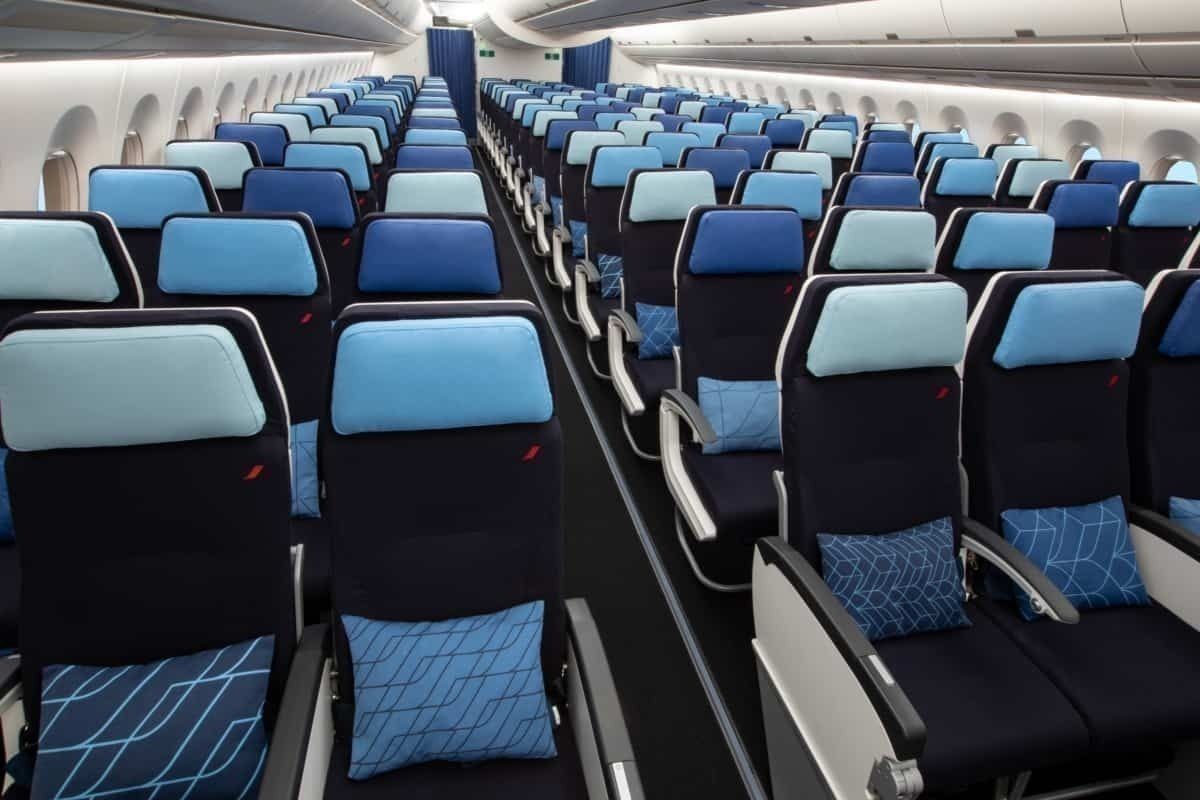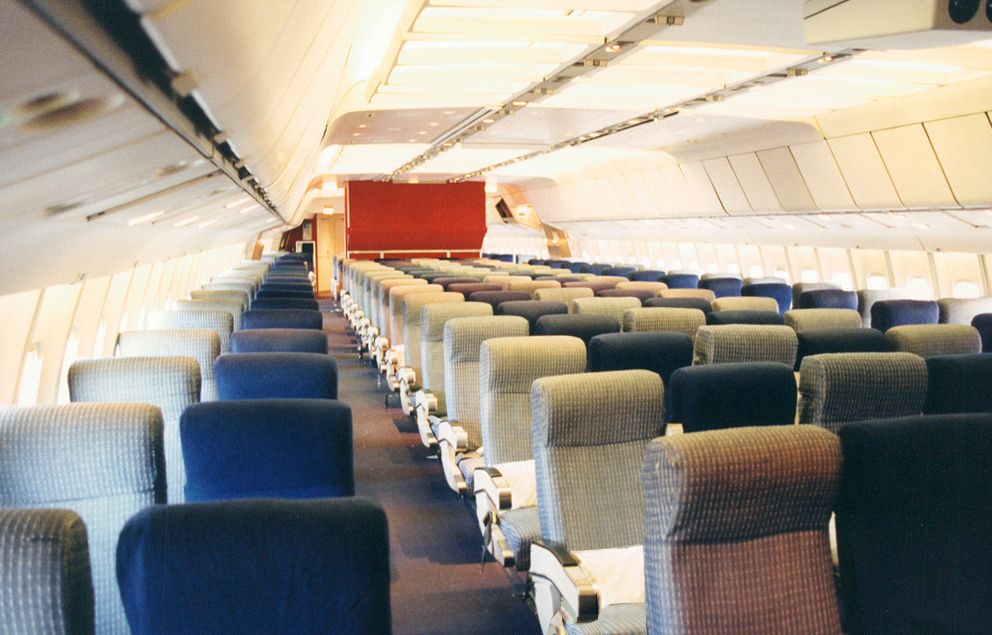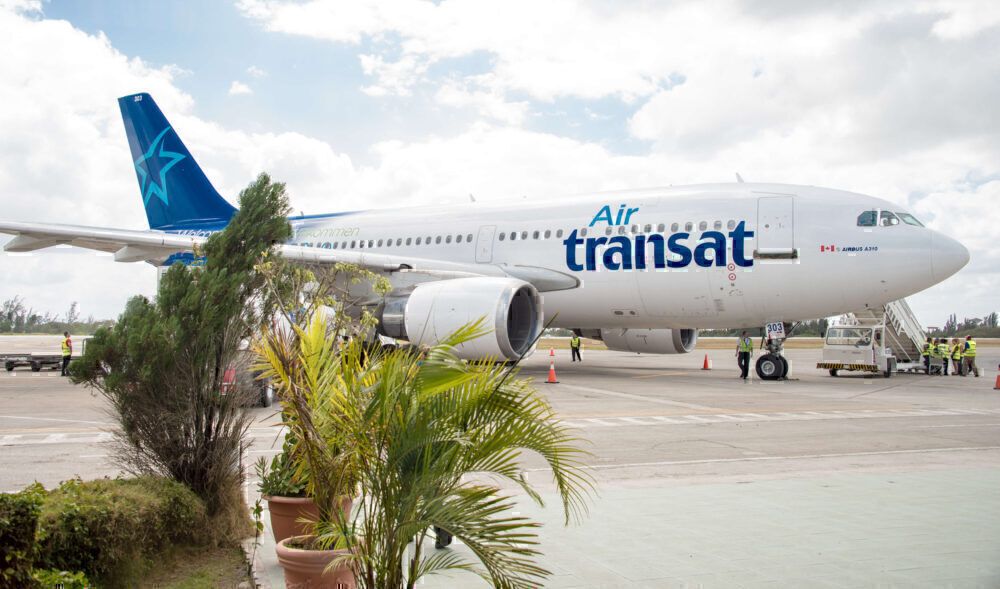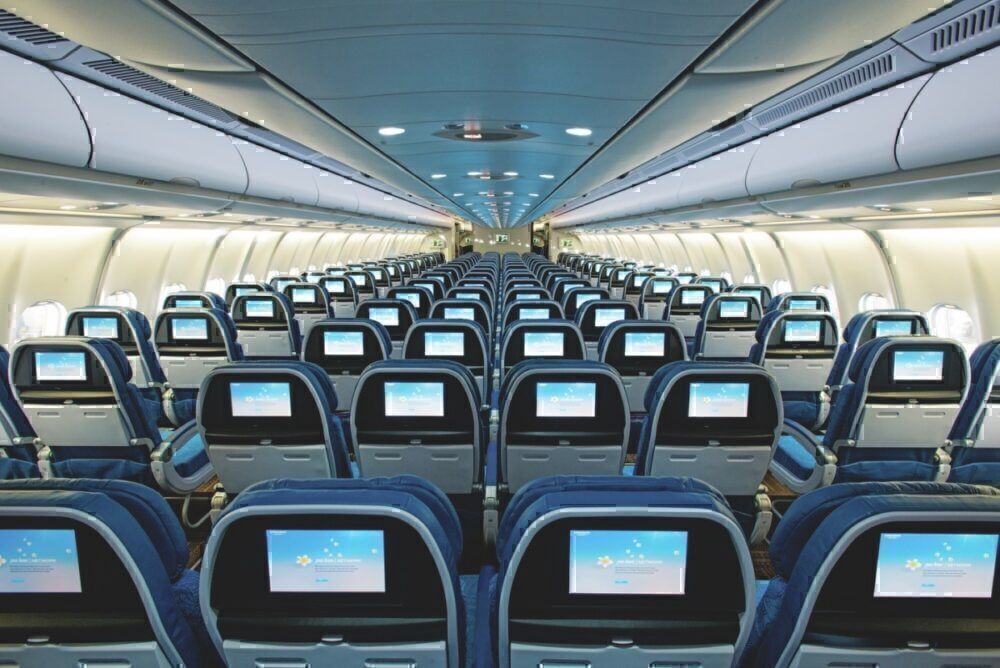On most widebody planes these days, economy class is laid out in a 3-3-3 configuration. Some airlines have four in the middle, but none that we know of use 2-5-2 anymore. Twenty years ago, 2-5-2 was all the rage; why did airlines kill it off, and are there any situations in which it could still work?
For widebody seating, 3-3-3 is the norm
Most widebody aircraft seat passengers nine abreast, with two aisles for easier evacuation and service. This gives them a couple of ways to arrange their guests. Today, by far the most common arrangement is 3-3-3, and those airlines who wish to opt for a squeezy 10 abreast (or fly the XWB family of A350s) usually plump for 3-4-3. That wasn’t always the case.
Prior to the turn of the millennia, many airlines flew a very different configuration in economy. That was 2-5-2, with a pair of seats by either window and a run of five passengers in the middle. Reports suggest this configuration was unpopular with passengers, and by 2010, most airlines had either replaced or were in the process of phasing out this unusual cabin layout.
But are there situations where 2-5-2 would work better? Could it be a more acceptable configuration for some types of airlines? Let’s take a look.
Stay informed: Sign up for our daily aviation news digest.
The benefits of 2-5-2
On the face of it, 2-5-2 looks horrific. Can you imagine being that poor person stuck in the middle of the middle, with a double jump to get to the aisle in either direction? However, compared to a typical 3-3-3 layout, it has some advantages.
In 3-3-3, both window seat passengers have a double jump to get to the aisle. That makes two disgruntled passengers per row, rather than just one. Everyone else is only one passenger away from the aisle.
Seating passengers in pairs and groups can be advantageous in some markets. Take the leisure market, for instance: Leisure travelers most frequently fly either as a couple or as a family. Couples can find some privacy in the pairs of seats by the window, while families can sit all together in the middle. The average family size around the world is just less than 2.5 children, meaning there is room for families of four or five without being separated.
Speaking as a mother who, under normal circumstances, flies quite often with both children and husband, it’s always a conundrum to figure out how to arrange ourselves in a 3-3-3 cabin. Does one partner take up a block of three with both children while the other travels alone, or do we take a child each and risk both having to share space with a stranger?
2-5-2 could work well for leisure-focused airlines like TUI, Air Transat or XL Airways. And yet, no airlines that we know of offer this configuration. Why did 2-5-2 die out?
So why don’t any airlines use 2-5-2 anymore?
The impetus to change away from this configuration came largely as a result of passenger feedback. Those who had flown 3-3-3 seemed to like it more, and made their opinions known to those carriers that hadn’t yet made the change. The truly awful middle seat was a major deterrent and made for some issues during meal service too.
Even for those sitting on the aisle of the five-block, the flight could be uncomfortable. Up to three people could be attempting to exit the row during the flight, leaving potential for that aisle passenger to be up and down more often than a jack-in-the-box. They’ll also have to cope with cabin crew leaning way across them to serve the middle person.
As well as this, the rise in inflight entertainment at every seat might have had something to do with the decision. The IFE controller box, which is located under the seats, has enough power to supply up to three IFE screens in economy. In a 3-3-3 layout, three boxes are required per row. In a 2-5-2 layout, four would be needed. That extra controller box and all the wiring that goes with it adds weight to the plane, and multiplied up over 30 or more rows makes a significant impact.
As the industry moves to more ‘bring your own device’ based IFE, there is the potential for airlines to reconsider how their cabins are laid out. However, we don’t think there will be any room for the 2-5-2 to come back.
What do you think? Does 2-5-2 make sense, or is it just a ridiculous layout? Let us know your thoughts in the comments.




